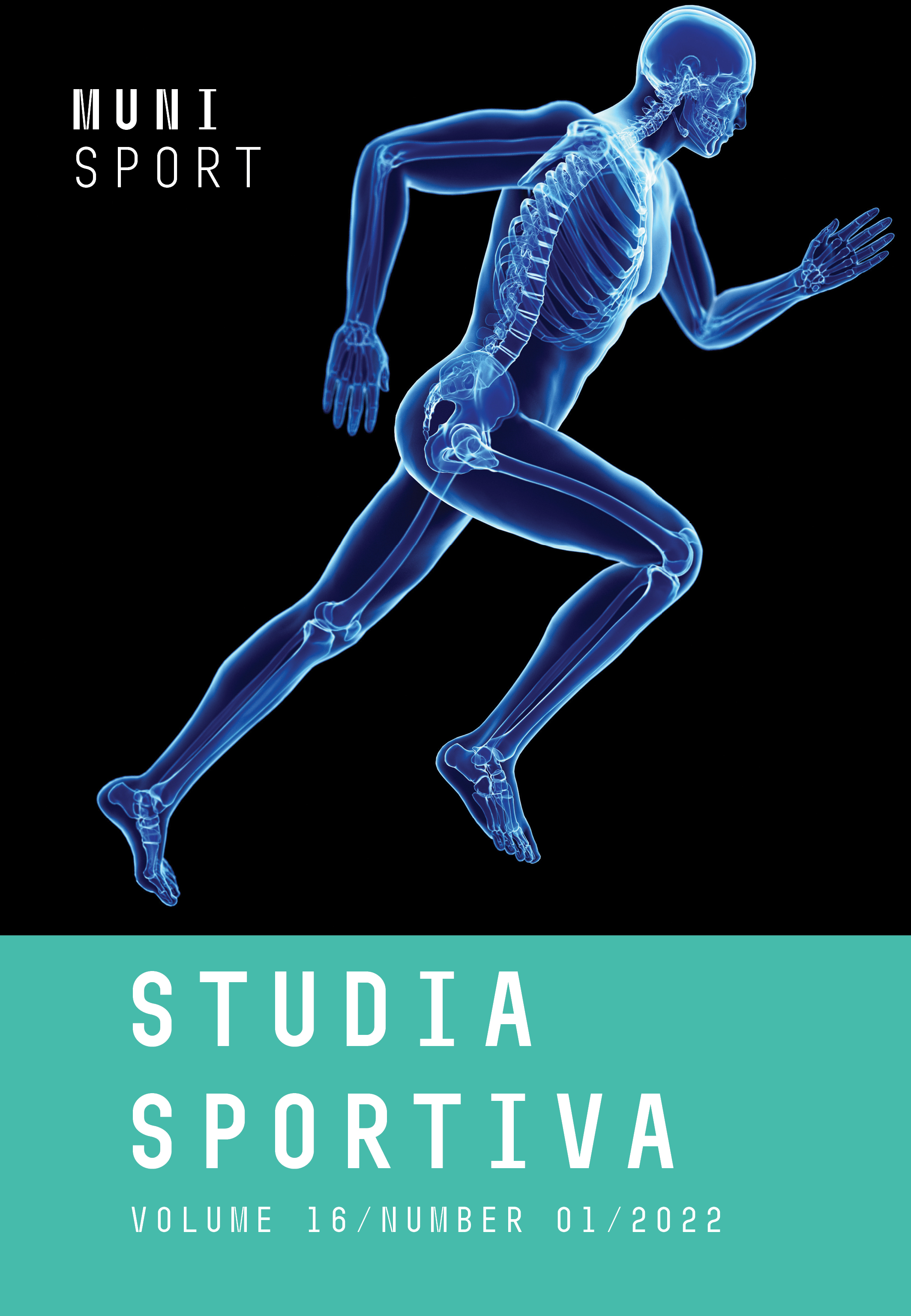HIIT system programming and some practical problems of its application examined within the sample of selected Czech probands in Brno
HIIT system programming and some practical problems of its application examined within the sample of selected Czech probands in Brno
Author(s): Jan Florian, Emanuel HurychSubject(s): Sports Studies
Published by: Masarykova univerzita nakladatelství
Keywords: High Intensity Interval Training; Borg Scale; number of repetitions; rest intervals; heart rate
Summary/Abstract: High Intensity Interval Training is a training method based on a combination of periods in which high-intensity load alternate with low-intensity exercise or passive rest, the so-called rest interval or inactive phase. Nowadays it is gaining more popularity among the general population and is applied in modern fitness centers. The authors found that more than 95 % sports centers organizing group lessons in Brno offer some form of HIIT (“Tabata System”, especially). Changing one of the HIIT components will affect the efficiency of the whole system. This effect is demonstrable on the aerobic and anaerobic performance and the composition of body tissues. Our goal within the broad research is to find out what effect changing one variable has on the most widely used HIIT program, and we wanted to examine whether the method is suitable for recreational athletes.The authors have made the first step in the form of pilot research described in this article, trying to design the system and applying the components in it. The experiment involved twenty deliberately selected male probands. They were randomly divided into two intervention groups of ten probands. In both intervention groups, we observed: number of repetitions performed, subjective load assessment (on the Borg scale) and heart rate. The original design of the pilot study included three training units per week for two weeks (a total of six training units). Basic multiple articulated exercises (Burpees and Jump Squats) were selected for both sets in these protocols in order to achieve key intensity for HIIT. There were some limitations of the experiment described in the article.The result of the first pilot study was essential concerning the adequacy of the cycle settings. The authors were forced to stop the piloting after the completion of the first week due to the acute overtraining of the probands. The reason to stop the experiment is attributed to an inadequate frequency of training units in individual weeks, which we reflected in the design of the following pilot study and reduced the number to two. The authors have kept the research questions and present the results of the modified piloting below.It can be assumed that the prolongation of the rest interval has an impact on the ability to perform repeated exercises, heart rate and subjective perception of stress in selected exercises. These results of our pilot research are also related to people's desire to get as much as possible in as little (time) as possible. The HIIT method is (in many aspects) more effective than the continuous method. Its undeniable advantage is time saving, but efficiency is "redeemed" by intensity and demanding character (proved not just in the described experiments). Where is the line between benefit sport and health-threatening sport? What is the "correct" HIIT setting/programming and what causes a change in one of the key variables? Is less sometimes more or more demanding means more effective? Respecting people's demands and desires for performance, mental fitness and physical beauty, with regard to sustainability and health above all, we will seek answers to all these questions. The first step towards finding them is the study carried out.
Journal: Studia sportiva
- Issue Year: 16/2022
- Issue No: 1
- Page Range: 33-43
- Page Count: 11
- Language: English

